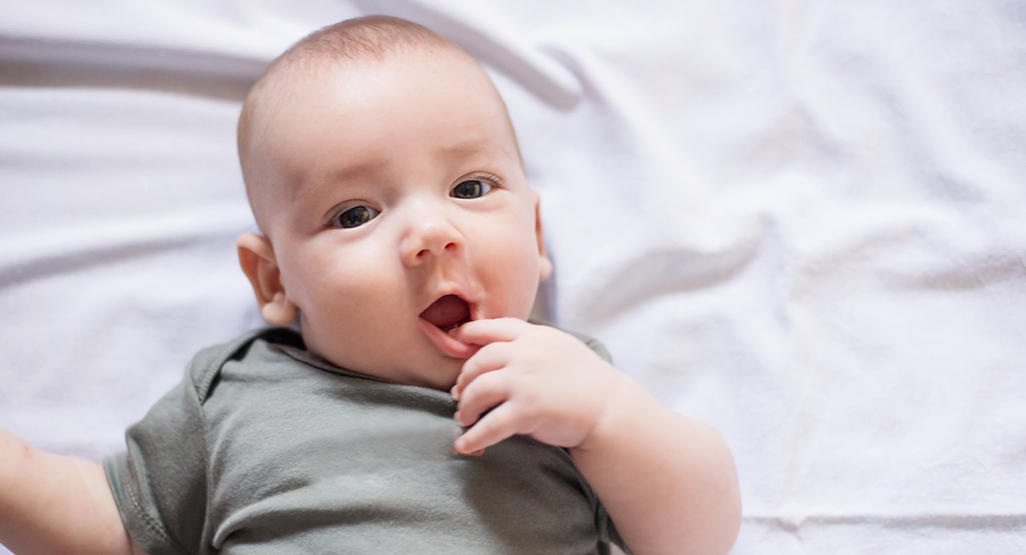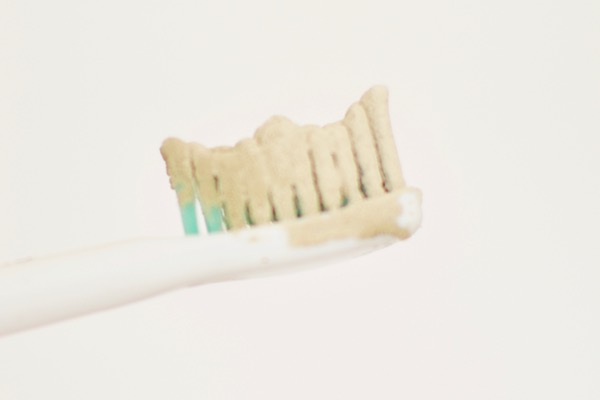A 3 parent baby was born, changing the way we see reproduction forever.
It’s a well-known fact that there are two people required for the baby-making process. The male must give the sperm, which is used to fertilize the egg from a female. Even if the process is done under lab conditions, there must be genetic material from at least two parties to make it happen. It’s the miracle of life, and the way things work. But now, it looks like two is no longer the magic number. According to an NBC News article, a very unique baby was just born: one with three parents instead of two. A 3 parent baby?
An experimental treatment was conducted in Mexico and carried out by doctors from Cincinnati, Britain, and New York. The treatment was approved in the UK but not in the US, hence the need to carry it out in Mexico. The treatment used the DNA from three different parents to ensure the baby was born healthy. Genetic material from three parents was needed was because the birth mother suffered from a defect known as Leigh Syndrome. Leigh Syndrome is an incurable, progressive disorder that results in the gradual apoptosis, or cellular death, of brain cells. The treatment brought in the DNA from a third party (another woman) in order to replace the DNA responsible for Leigh syndrome. Essentially, it was used to ensure the baby would be born and live a healthy life.
The team of researchers used a spindle nuclear transfer to extract the DNA from the egg cell. It was then put into the healthy donated egg. However, the healthy egg had had all the patient’s DNA scrubbed from it, except for the genetic material needed to counteract the Leigh syndrome. Doctors then fertilized the egg using traditional IVF techniques. The egg was implanted into the mother, and the baby was born at 37 weeks of gestation. By all appearances, it is a healthy, happy baby boy.

READ MORE: Do Women Carry DNA of Guys They Screw?
Make no mistake, this is a HIGHLY controversial experimental treatment. The fact that it was NOT approved in the U.S. is the reason why it was carried out in Mexico. The rules and regulations for medical treatments in Mexico are much looser, with much less control. The experimental treatment used some cloning technology, taking DNA from the mitochondria and passing it to a healthy egg.
The treatment produced four embryos, but only one was healthy and “normal.” The fact that it led to a viable pregnancy, normal delivery, and currently healthy baby (at 3 months old) has led to some interesting debates. The fact that it was “successful” does lend some hope that this sort of treatment could help women in the future.
Dr. Owen Davis, president of the American Society for Reproductive Medicine stated, “This work represents an important advancement in reproductive medicine. Mitochondrial disease has been an important, and challenging problem. If subsequent research determines the safety and efficacy of spindle nuclear transfer, we look forward to it being an option for patients who risk transmitting mitochondrial diseases to their children.”
Of course, critics claim that there are risks. For example, a 3 parent baby conceived via this type of treatment could develop germline changes. Essentially, these are changes to the DNA that could be passed down from one generation to the next. Mistakes could present generations down the line in ways researchers could never expect — only time will tell.
However, for now, all eyes are on the newborn baby. If it remains healthy, it may lead to a more open discussion about the viability of these techniques. Who knows, someday soon it may be more common than you think.








